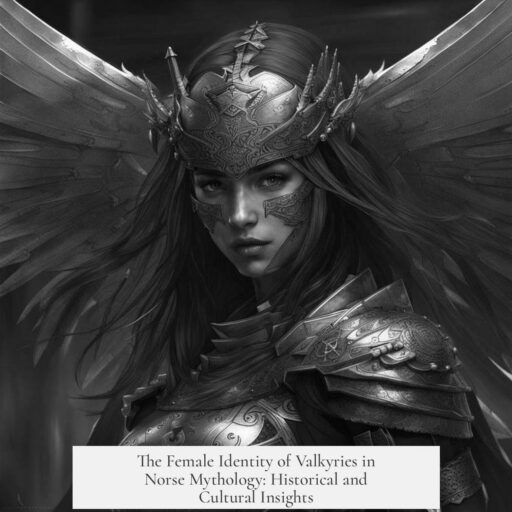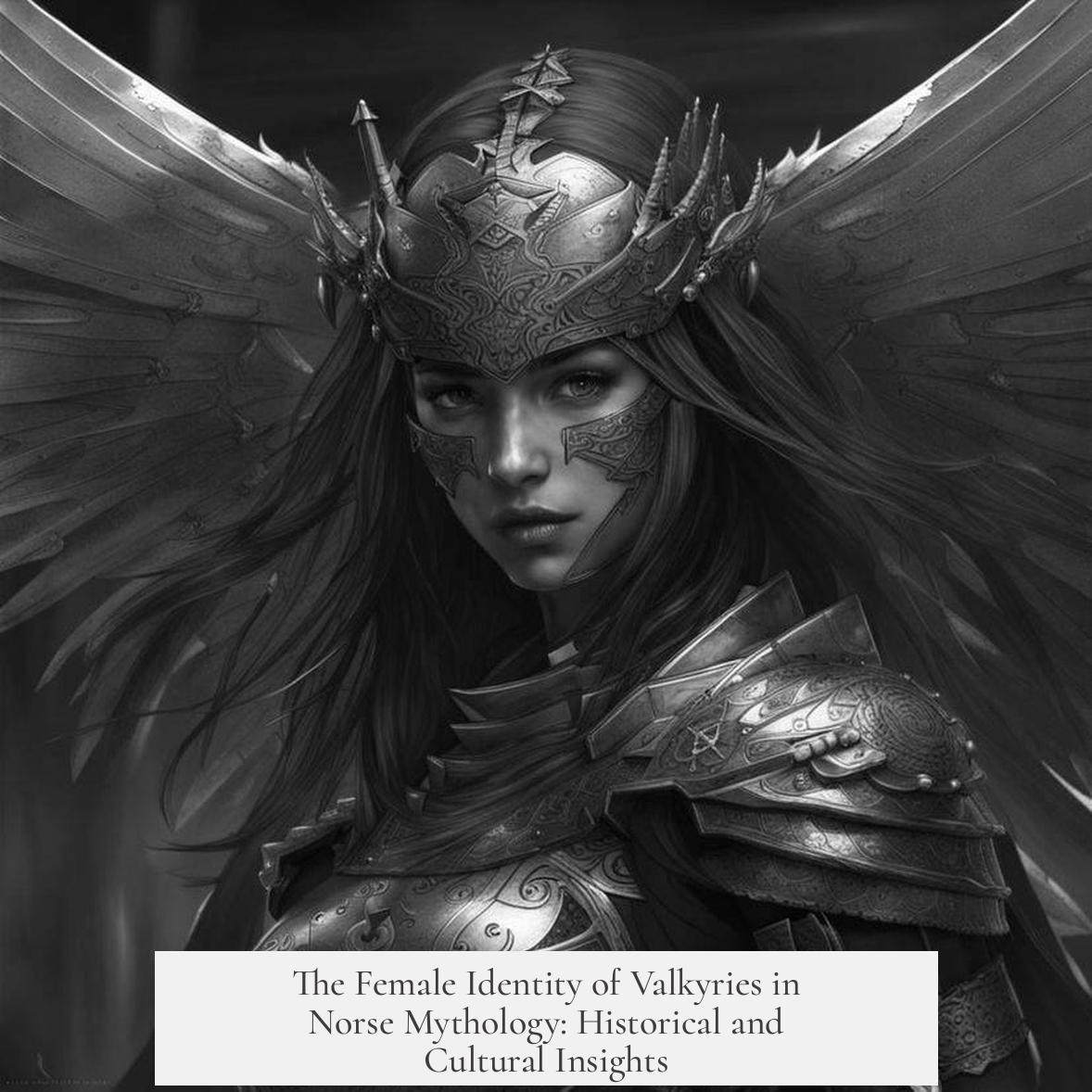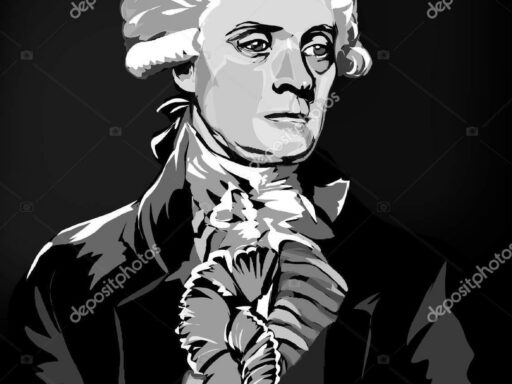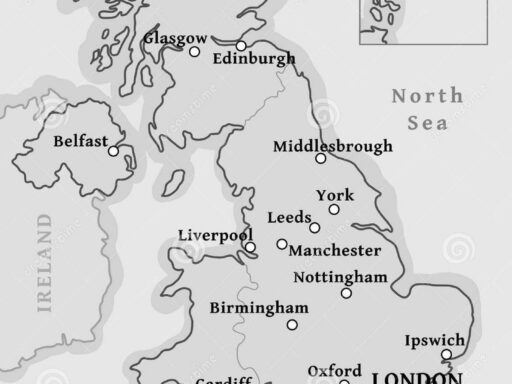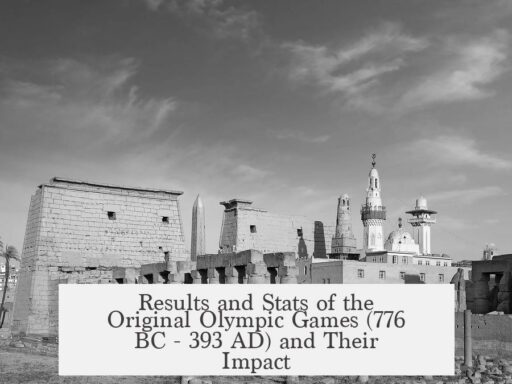Valkyries in Norse mythology are depicted as female but embody a complex blend of masculine and feminine traits, often challenging traditional gender roles. Their gender presentation is not strictly female; it includes ambiguity and hybrid characteristics that do not fit neatly into modern gender categories.
In Old Norse literature, valkyries often transgress the typical female roles of their time. They are warrior figures who select those who die in battle and accompany the slain. These roles involve masculine-coded attributes such as martial prowess and agency over death. Yet, the texts also describe them with feminine pronouns, adorn them with jewelry, and connect them to male desire, emphasizing traditional femininity.
The gender of valkyries and related figures, like shield-maidens, can be understood through the lens of Kathleen M. Self’s third gender theory. This perspective sees these figures as hybrids of masculine and feminine traits, a “third gender” distinct from the rigid male/female dichotomy commonly perceived.
- Valkyries wear armor and take active roles in warfare—traits coded as masculine.
- They choose their sexual partners, which traditionally was male prerogative, asserting unusual agency.
- They maintain feminine markers: feminine pronouns, jewelry, and roles connected to social rituals such as serving drinks.
This hybridity partially reflects the liminal space these figures occupy. Unlike shield-maidens, who are mortal warriors that revert to traditional femininity upon marriage, valkyries never marry. Therefore, they remain indefinitely in this gender-transgressive position.
For shield-maidens, marriage marks a reversal. Prior to marriage, they can don armor, fight, and contract marriages on terms similar to men. With marriage, however, they relinquish martial roles and resume conventional femininity, engaging in child-rearing and domestic tasks. This shift underscores how Norse society envisioned fluidity but controlled it within societal norms.
Valkyries differ by remaining outside these marital structures. They keep both masculine and feminine qualities and maintain independence from patriarchal marital bonds. This status supports the view of them as permanent liminal gender figures — neither exclusively female nor male.
Modern representations often distort this complex gender portrayal. Today, popular depictions of valkyries emphasize their femininity and sex appeal. For example, artworks frequently show form-fitted armor that emphasizes shape over practicality, removing the historic martial function. This trend aligns with consumer expectations rather than historical authenticity.
In these contemporary images, the valkyrie is mostly female without the hybrid gender aspects of the Norse texts. Their masculinity, as found in the medieval archetype, is downplayed or erased, simplifying their gender to fit modern narratives about female warriors and heroines.
The academic community remains divided on the exact nature and origin of these gender constructs in Norse mythology.
- Some scholars question whether the third gender concept accurately reflects Norse social reality, citing lack of legal recognition or separate categories for such genders in surviving law texts.
- Debates continue about whether historical female warriors existed commonly or if these stories are largely literary inventions or fantasies.
- The gender fluidity trope might serve narrative purposes—either reinforcing or questioning gender norms or providing heroic complexity.
Ultimately, the figure of the valkyrie occupies a liminal gender position in Norse mythology. She is an agent of death and war with masculine traits but retains key feminine characteristics. This duality challenges simple classification and reflects nuanced views on gender in the Norse cultural imagination.
Key takeaways:
- Valkyries exhibit a blend of masculine and feminine traits, representing a potential third gender category in Norse mythology.
- They transgress conventional female roles by engaging in warfare and choosing sexual partners.
- Shield-maidens revert to traditional femininity upon marriage; valkyries do not marry and maintain their liminal gender.
- Modern portrayals often simplify valkyries as purely feminine, losing the original gender complexity.
- Scholars debate whether this gender hybridity reflects social reality or literary tropes.
Do We Know Why the Valkyries in Norse Mythology Were Female? Or at Least Depicted as Female Today?
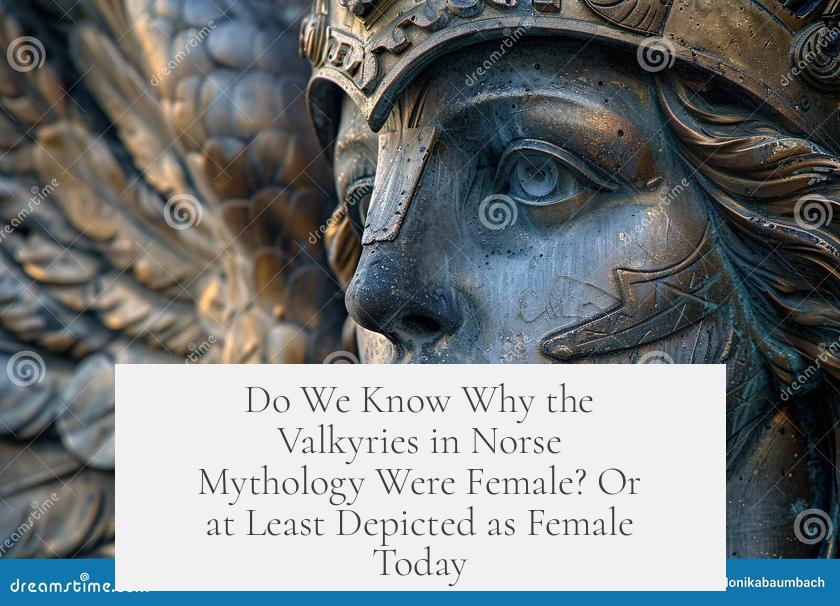
Yes, we know why Valkyries are depicted as female today, but it’s far more complex than simply labeling them “women.” In Norse mythology, Valkyries blur the lines of gender, embodying a fascinating mix of masculine and feminine traits, sometimes even challenging typical gender roles. So, why the female portrayal—and is it truly accurate? Let’s dive in.
Valkyries in Norse tales are often described as supernatural maidens who select which warriors die on the battlefield and escort them to Valhalla. The image of these fierce, battle-savvy women draped in armor is iconic—but historically, their gender presentation defies straightforward interpretation.
Ambiguity in Gender: More Than Meets the Eye
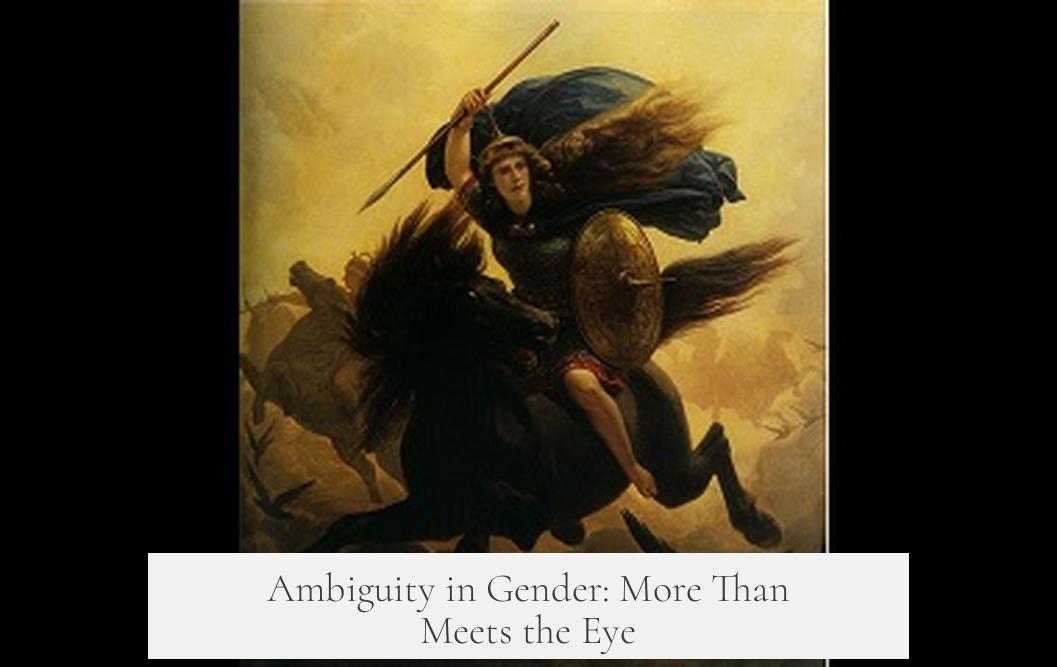
Most literature references Valkyries as female, yet their characteristics don’t neatly fit traditional Norse female roles. Imagine encountering a Valkyrie in a saga—she might wield armor and wield swords, yet also be adorned with jewelry and feminine garments. Sometimes, heroes confuse Valkyries for men, showing that their appearance and demeanor challenge simple gender categories.
This ambiguity spotlights the idea that Valkyries are neither purely female nor male in a conventional sense. Instead, they represent a blend, a sort of “third gender” that mixes masculine strength with feminine identity.
Kathleen M. Self’s Third Gender Theory: Valkyries as Gender Hybrids
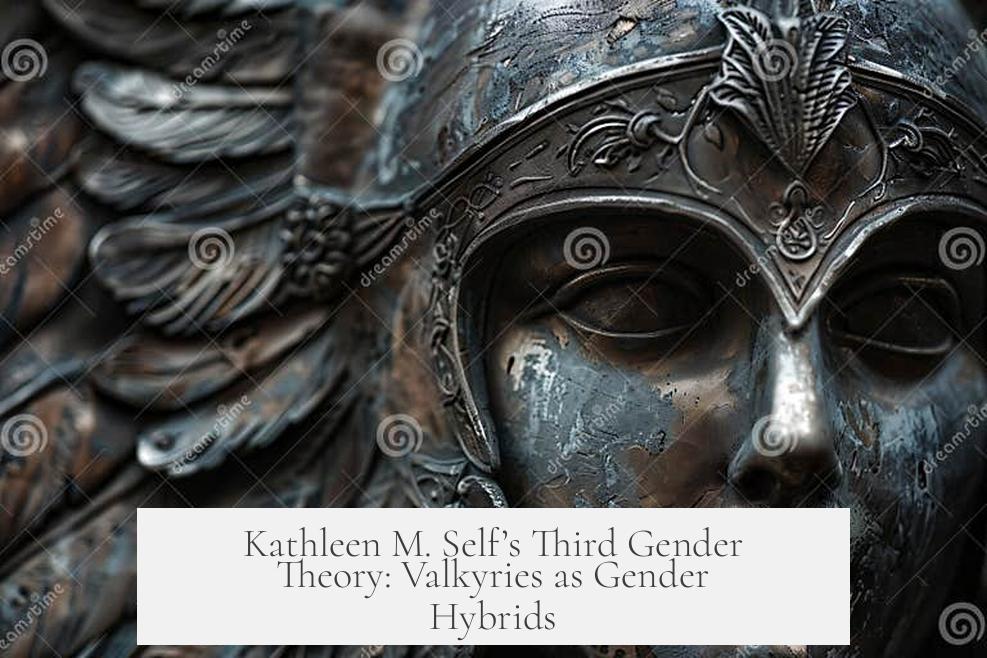
Scholar Kathleen M. Self advances a compelling viewpoint: Valkyries and shield-maidens are best viewed as embodying a third gender. This hybrid identity combines masculine and feminine traits, a social construct possibly recognized or at least symbolized in the Viking Age.
Let’s break that down:
- On the masculine side, Valkyries wield arms, lead in battle, and even choose their own sexual partners—actions typically reserved for men.
- Yet they retain feminine markers: feminine pronouns, jewelry, and traditional social roles like serving drinks.
This duality reflects how Norse culture—and its myths—might have perceived gender fluidity or ambiguity on a symbolic level, even if it didn’t formally recognize a “third gender” class in legal terms.
The Role of Marriage: Why Shield-Maidens “Revert” but Valkyries Don’t
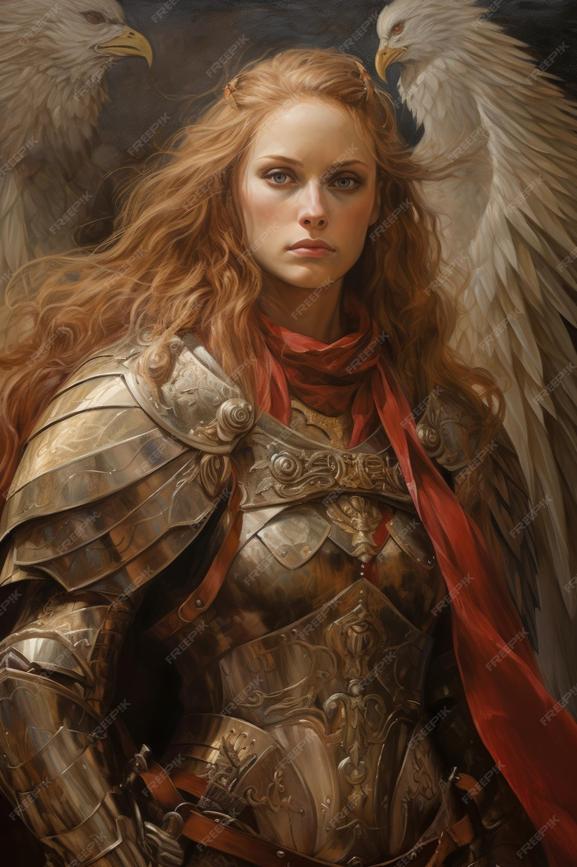
While Valkyries never marry and stay in the third-gender-like liminal space indefinitely, shield-maidens display fascinating gender fluidity through marriage. These female warriors are described as “transmuting” back into traditional femininity after marriage, dropping armor and adopting domestic roles.
Before marriage, shield-maidens hold the agency to select partners—an unusual power that parallels male prerogatives in Norse society. Post-marriage, however, their autonomy declines, and they enter the expected feminine realm.
This shift highlights how marriage functioned as a mechanism to reinforce gender norms and restrict women’s roles, especially those who temporarily stepped outside conventional boundaries.
Why Don’t Valkyries Marry? The Eternal Female Warriors
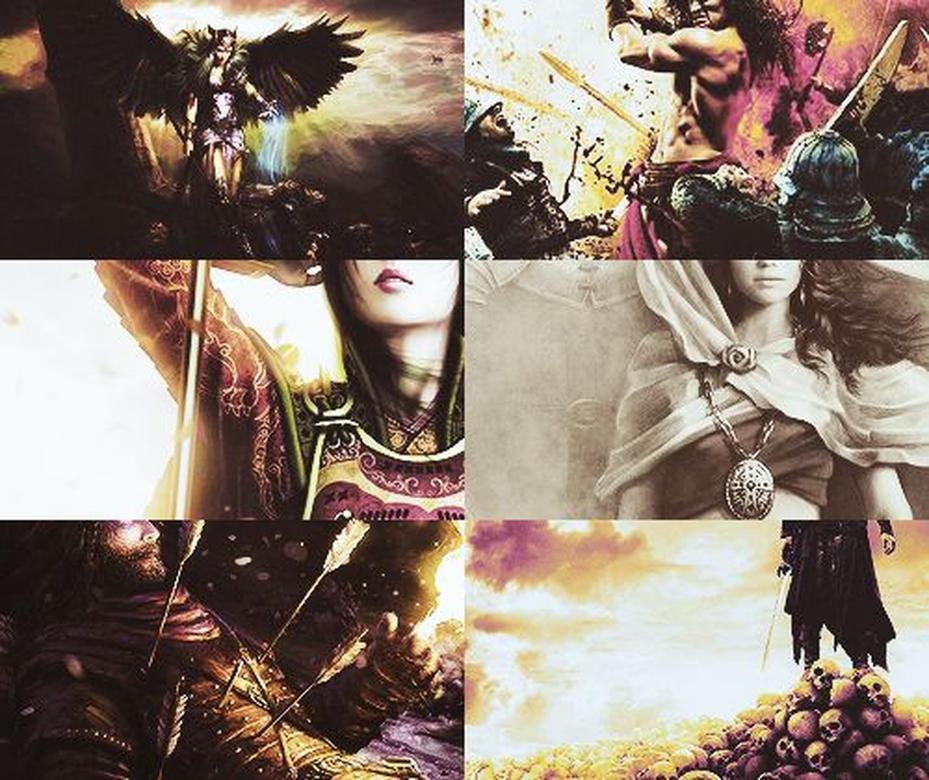
One might wonder why Valkyries, who also interact sexually with men, never marry. According to scholars, particularly Kathleen Self, marriage directly contradicts the Valkyries’ existence. They remain forever in this third-gender state—a balance of masculine and feminine traits without conforming to social norms like marriage.
This idea suggests that Valkyries symbolize a permanent liminal gender state, immune to social pressures that normalize gender roles through matrimony. This is unlike shield-maidens, who eventually “fall back” into traditional femininity through marriage.
Modern Depictions: Where Did All the Masculine Valkyries Go?
Today’s popular culture loves Valkyries—just not the complex, hybrid-gender Valkyries of Norse texts. Sites like DeviantArt show Valkyries as sleek, form-fitted women in impractical armor designed to emphasize their femininity over functionality. This “feminization” clashes sharply with medieval depictions where armor was masculine-coded, underscoring the wearers’ warrior traits.
Moreover, modern Valkyries often appear posed passively, catering visually to heterosexual male fantasies. An intriguing question arises here: are today’s Valkyries “really” female, or are they a caricature molded by the male gaze?
Sadly, this shift means the rich gender complexity of original Valkyrie stories is mostly lost or ignored by mainstream media.
Scholarly Skepticism: Did the Third Gender Really Exist?
Despite Kathleen Self’s influential theory, not all scholars agree Valkyries were a “third gender” in a social sense. Critics point out the lack of legal texts supporting a third-gender category in Norse society. If such a gender category existed, wouldn’t it have been documented legally?
Also, some skeptics question the reality behind shield-maidens and female Viking warriors. While some burials suggest women may have fought, many argue actual female warriors were rare or mythologized in literature.
So, are Valkyries stylized tropes serving narrative purposes? Do they represent empowerment fantasies or subtle critiques of gender norms? Their ambiguous gender may be a literary device more than a real societal reflection.
Why Did Norse Mythology Create These Gender-Benders?
Why do Valkyries straddle gender lines? Could it be to offer more complex storytelling and engage audiences? Perhaps to provide feminine figures with greater agency? Or were they a symbolic inversion reinforcing masculine norms by presenting “strong women” in controlled myths?
Whatever the reason, Valkyries remain compelling figures precisely because of their multidimensional gender traits. They aren’t just fierce women—they’re fascinating hybrids challenging how we think about gender.
Summing It Up: The Valkyries’ Female Image is Multifaceted
To simply call Valkyries “female” strips away their rich, ambiguous identity. In Old Norse texts, Valkyries blend masculine and feminine traits, embodying what some call a “third gender.” Shield-maidens share this liminal space temporarily but revert upon marriage, while Valkyries remain forever in it.
Modern media prefers a simpler portrayal—often hyper-feminized Valkyries—largely missing the original depth. Whether these figures reflect actual Viking social realities or skilled literary tropes remains debated.
So when you next picture a Valkyrie, remember: she’s more than a warrior woman. She’s a fascinating, gender-bending myth bridging worlds, roles, and expectations in an ancient saga told for centuries.
What’s Your Take?
Does the idea of Valkyries as a “third gender” expand how you view mythology and gender roles? Or do you think the medieval texts simply reflect storytelling drama rather than social truths? Share your thoughts—after all, part of the Valkyries’ power lies in stirring debate!
Why are Valkyries in Norse mythology often seen as female but described with masculine traits?
Valkyries blend masculine and feminine traits, acting beyond typical female roles. They wear armor, choose battle deaths, and select partners, but retain feminine pronouns and social roles. This mix creates a complex, hybrid gender image.
What is the “third gender” theory about Valkyries?
This theory sees Valkyries and shield-maidens as neither strictly female nor male. They combine masculine and feminine traits, occupying a liminal gender space in Norse culture. Valkyries remain in this state permanently, unlike shield-maidens who revert after marriage.
How do shield-maidens differ from Valkyries in terms of gender and roles?
Shield-maidens adopt masculine behaviors like battle and partner choice but revert to typical feminine roles after marriage. Valkyries do not marry and maintain their mixed gender traits indefinitely, never returning to traditional femininity.
Why do modern depictions of Valkyries differ so much from the original myths?
Modern portrayals focus on exaggerated femininity and sexual appeal, losing the medieval blend of gender traits. This simplification likely caters to modern tastes, ignoring Valkyries’ original complex, hybrid character.
Is the idea of Valkyries as a third gender accepted by scholars?
It is debated. Some argue there is no legal or social evidence for a third gender in Norse society. Others suggest Valkyries’ gender ambiguity is a literary trope that explores gender norms but may not reflect historical reality.
